There's a certain electricity in the air at a live music show, a raw, pulsating energy that you just don't get anywhere else. For a photographer, it's both a playground and a battlefield. Capturing that energy, freezing those fleeting moments of pure passion and skill, is the ultimate goal. It's about more than just taking pictures; it's about telling the story of the night, the story of the performance, and the story in the musician's eyes. Moving from simply documenting the event to creating compelling, professional-grade imagery requires a shift in mindset and technique. It's about anticipating the magic before it happens.
Before you even think about stepping into the venue, preparation is your greatest ally. Knowing the bands you're shooting is non-negotiable. Spend time listening to their music. Watch live videos if you can find them. This isn't just for your enjoyment; it's crucial reconnaissance. You'll start to learn their stage dynamics. Does the guitarist do a signature windmill? Does the singer always clutch the mic stand during a particular ballad? Does the drummer have an explosive fill before the final chorus? These are your cues. Anticipating these moments separates a snapshot from a masterpiece.
Your gear, while not the sole determinant of great photos, must be up to the challenge. A fast lens is your best friend in the notoriously difficult lighting conditions of a live show. Think f/2.8 or faster. A 24-70mm f/2.8 is a fantastic workhorse, giving you flexibility for wide shots of the whole stage and tighter portraits. A 70-200mm f/2.8 is invaluable from the soundboard or the back of the room, allowing you to isolate performers and capture intimate close-ups without being intrusive. Prime lenses like a 35mm f/1.4 or a 50mm f/1.8 force you to move and think more about composition, often resulting in sharper and more creative images. As for the camera body, you need something that performs exceptionally well at high ISO settings. Don't be afraid to crank that ISO up to 1600, 3200, or even higher. A little digital noise is always preferable to a blurry, dark image.
Speaking of light, live show lighting is a fickle beast. It can be breathtakingly beautiful one second and plunge into near darkness the next. The key is to embrace it, not fight it. Shoot in manual mode. You need absolute control over your exposure because the camera's light meter will be utterly confused by the constantly changing spotlights, strobes, and washes of color. Set your aperture wide open to let in the most light. Set your shutter speed to a minimum of 1/250th of a second to freeze motion—1/500th is even better for capturing a jumping musician mid-air without any blur. Then, let your ISO float to compensate. Watch your histogram, not just the back of your camera, to ensure you're not losing detail in the highlights or shadows.
Those dramatic beams of light and deep, moody shadows are what give live music photos their character. Silhouettes against a blazing red backdrop, a single spotlight illuminating a face dripping with sweat, the ethereal glow of a fog machine—these are the elements you're hunting for. Pay attention to the color. Sometimes the most powerful image is drenched in a single, intense hue. Don't automatically correct for white balance in-camera; you can adjust it later to taste. Often, that weird green or magenta stage light is exactly what sets the mood and should be preserved.
Compositionally, you're building a narrative. It's not just about a person playing an instrument. Look for the connections. The glance between the guitarist and the bassist. The drummer's focused stare. The singer reaching a hand out to the crowd. Capture the emotion, the strain, the joy, the release. Get low for a more powerful, heroic perspective. Get high (if there's a balcony) for an overview of the entire production. Don't forget the details: fingers flying on a fretboard, a well-worn pedalboard, the setlist taped to the floor, a flying pick. These close-ups add depth to your visual story.
Your position and movement are part of the dance. The first three songs are typically the photographer's window, so you have to make them count. Move. Don't plant your feet in one spot. Work the angles. Shoot from the pit, then from the sides of the stage if security allows. Be aware of your surroundings and respectful of the security staff, the performers, and most importantly, the fans behind you. You are a ghost with a camera, there to capture the event, not become a part of it. Be invisible.
After the last note fades, your work isn't over. Post-processing is where you refine the raw captures into finished art. Your goal is to enhance what was there, not to create something entirely new. Adjust exposure, contrast, and clarity. Tweak the white balance to either correct a nasty color cast or, more often, to enhance the artistic intent of the lighting director. Crop for impact, straightening horizons and removing distracting elements from the edges of the frame. A subtle vignette can help draw the viewer's eye directly to the subject. The edit should feel like the show felt: vibrant, gritty, and real.
Ultimately, photographing a live show is a privilege. You are granted access to moments of vulnerability and explosive energy that the average fan only experiences from a distance. It's physically demanding, mentally exhausting, and requires split-second decision-making. But when you look through your viewfinder and see that perfect alignment of light, emotion, and action, and you press the shutter knowing you got it... there's nothing quite like it. You haven't just taken a photo; you've bottled a moment of pure, undiluted rock and roll.
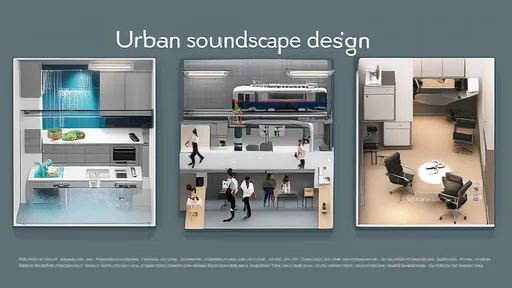
By /Aug 22, 2025
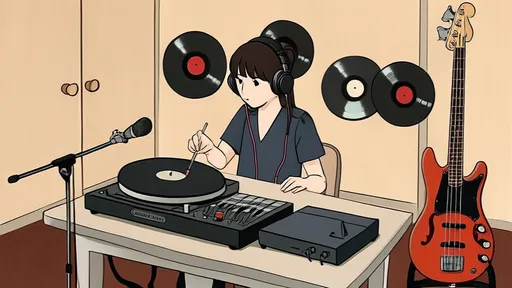
By /Aug 22, 2025
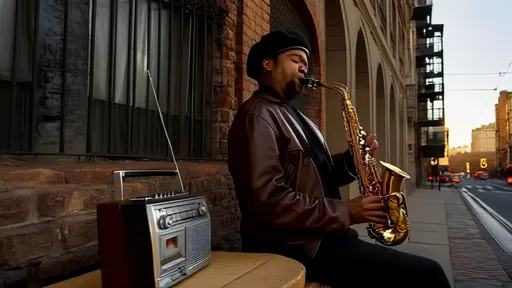
By /Aug 22, 2025
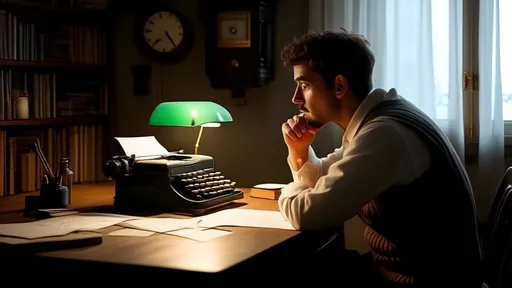
By /Aug 22, 2025
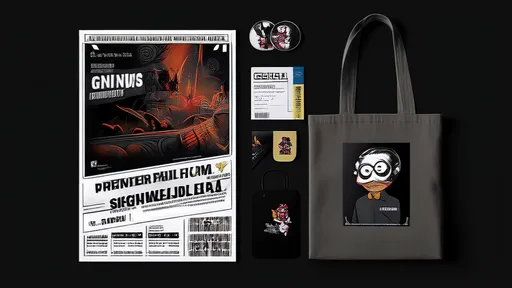
By /Aug 22, 2025
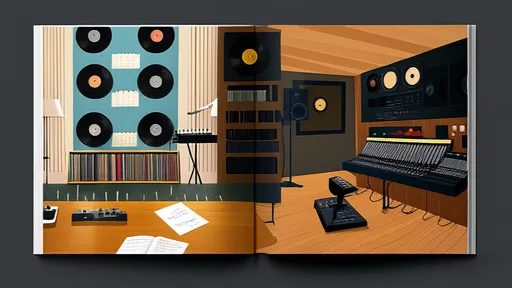
By /Aug 22, 2025
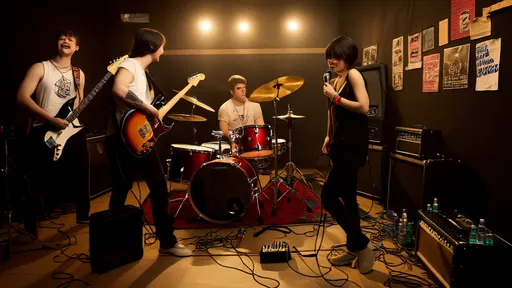
By /Aug 22, 2025

By /Aug 22, 2025
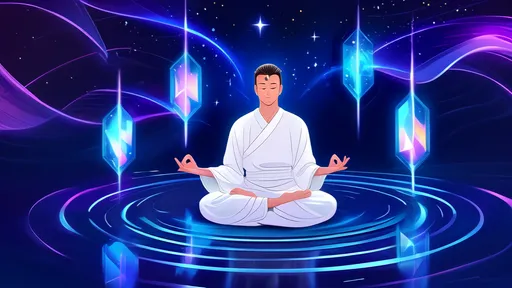
By /Aug 22, 2025
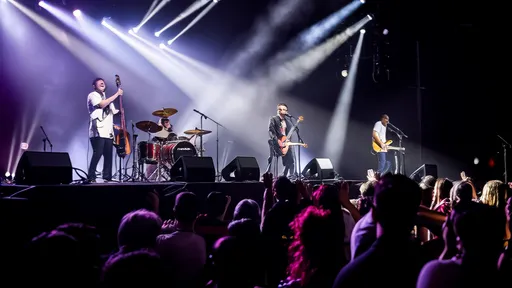
By /Aug 22, 2025
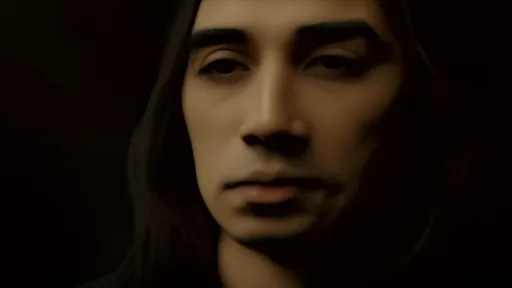
By /Aug 22, 2025
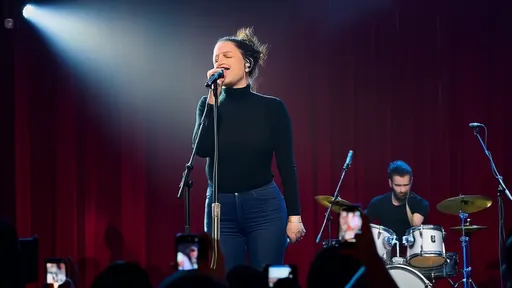
By /Aug 22, 2025

By /Aug 22, 2025
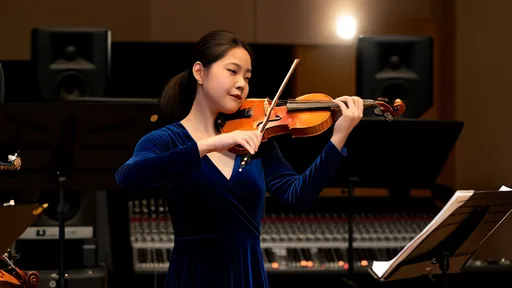
By /Aug 22, 2025
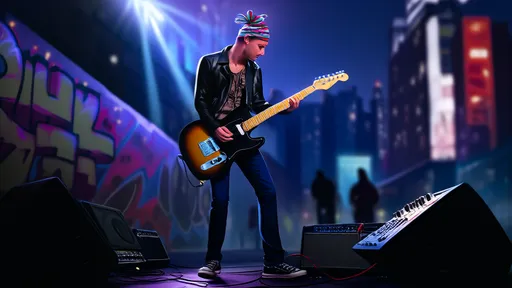
By /Aug 22, 2025

By /Aug 22, 2025
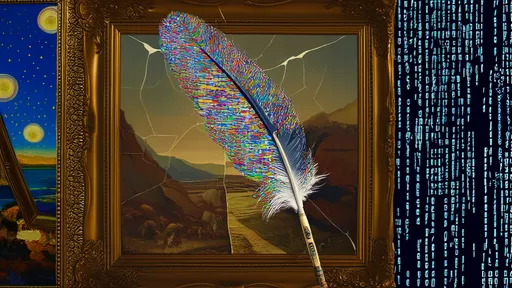
By /Aug 22, 2025
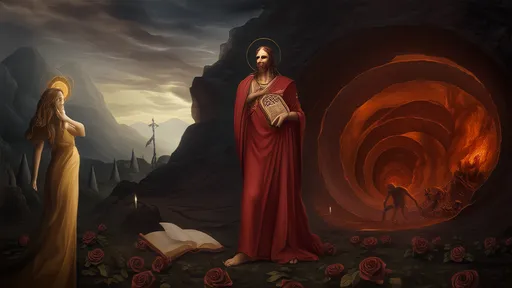
By /Aug 22, 2025
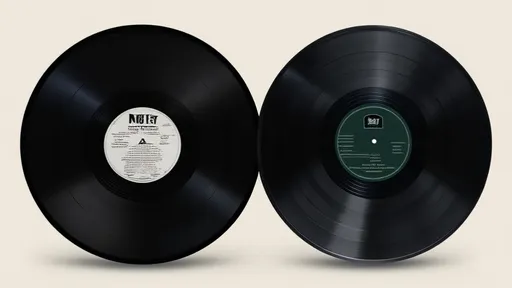
By /Aug 22, 2025
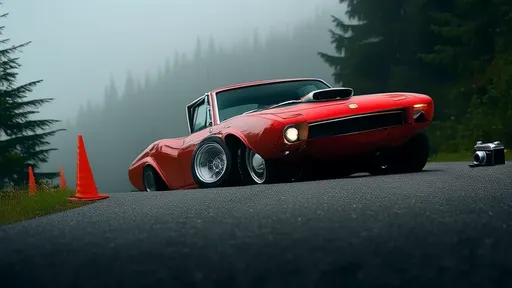
By /Aug 22, 2025